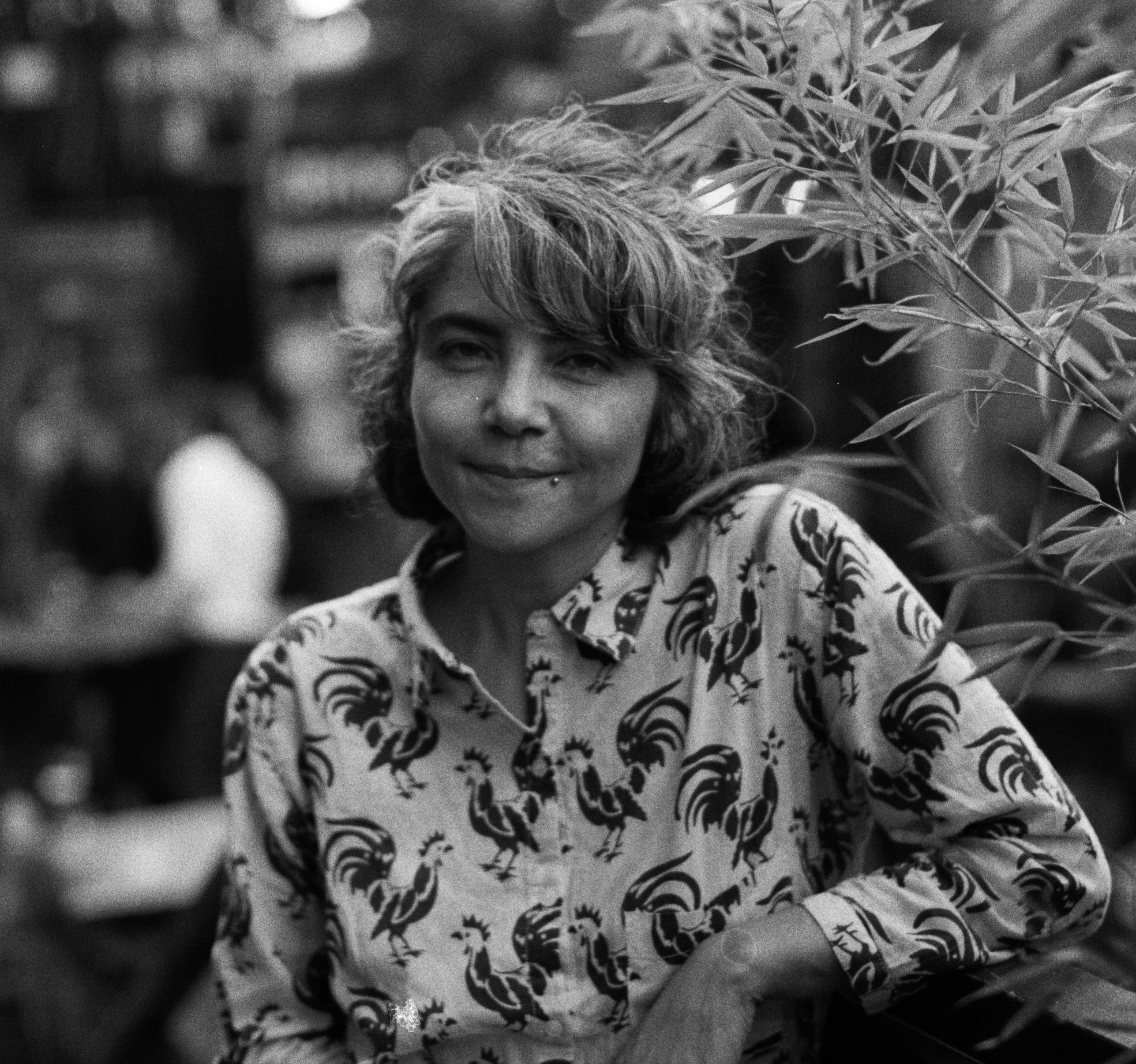There is one event British fans of contemporary art rarely miss – the Frieze London Art Fair. Apart from having some of the most well-known galleries in the world selling works by artists such as David Shrigley, it is also one of the biggest art fairs in Europe with 160 galleries taking part. Despite the fact a lot of commercial art is sold here, one can still find interesting pieces.
“Exploring different techniques, Johanna’s geometric drawings are spontaneously created”
After having taken a look at some of the bigger galleries’ exhibits, I came across a very small gallery from Guatemala City, Proyectos Ultravioleta, selling drawings by Chilean artist Johanna Unzueta. It was the way she manipulated the paper that struck me. Exploring different techniques, her geometric drawings are spontaneously created, carefully dyed with natural pigments, broken up by dots, punctured through pin-holes. This makes them almost look like tightly woven fabric.
I wanted to learn more about the artist and South American contemporary art. Fortunately, Johanna was kind enough to let me interview her. The next day we met at Mercato Metropolitano to have a glass of wine and an interesting discussion. Johanna was born in 1974, one year after the first 9/11: the Coup d’État led by General Augusto Pinochet in 1973 to overthrow the democratically elected Unidad Popular government of President Salvador Allende. Pinochet imposed a violent military dictatorship on the country and ruled it until 1990. She grew up in a country where there was no space for art, let alone contemporary art. She had never visited a museum until she started to study art at university.
What she had not gotten the opportunity to learn when she was a teenager, she made sure to study while she was at university. One of those things was the examination of the theory of colours of the Mapuche people, a group of indigenous inhabitants of south-central Chile and southwestern Argentina. For this Johanna spent several weeks living with Mapuche women to understand how to use natural pigments. She later incorporated this knowledge into her drawings. In addition to that, the artist worked a lot with fabrics, for example, felt, out of which she created a sculpture for this year’s Berlin Biennale.
When talking about contemporary art in Latin America, the artist who has lived in NYC since 2000, explained that apart from Mexico and Brazil, there are no countries in Latin America whose galleries receive a lot of international attention. That is why it was so exceptional that Proyectos Ultravioleta was able to take part at Frieze London. The fact that some of her work was bought by the Tate made this first appearance at Frieze a success both for Johanna and the gallery. I hope that both curious readers and contemporary art fans will take the opportunity to see Johanna’s work for themselves in London this month.
PAOLO FORNAROLI, BA POLITICS AND ECONOMICS
